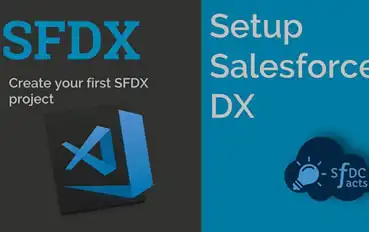We place a lot of focus on the code that goes into our DevOps projects. And while there’s very good reason to do so, it shouldn’t come at the expense of paying attention to other data types that make up our Salesforce environments.
Exactly What is Salesforce Metadata?
Salesforce metadata refers to the underlying configurations, code, automation logic, and page layouts that dictate the behavior of objects (and subsequently records) in Salesforce. Not only does it define the functional aspects but it also determines the visual aesthetics of your Salesforce organization.
The different Salesforce metadata types can be confusing. We’ve all heard the definition of metadata as “data about data” but that doesn’t truly encapsulate the way it impacts a Salesforce instance.
So what are the different Salesforce metadata types and how do they impact your DevOps pipeline? How should you care for the various Salesforce metadata types?



 Technical debt hides within your Salesforce environment. Speed is often prioritized in application development, leading to errors that are meant to be corrected at a later stage. However, these errors aren’t always rectified and can become forgotten. This leads to a slowing of your platform and can even create data security risks.
Technical debt hides within your Salesforce environment. Speed is often prioritized in application development, leading to errors that are meant to be corrected at a later stage. However, these errors aren’t always rectified and can become forgotten. This leads to a slowing of your platform and can even create data security risks.



